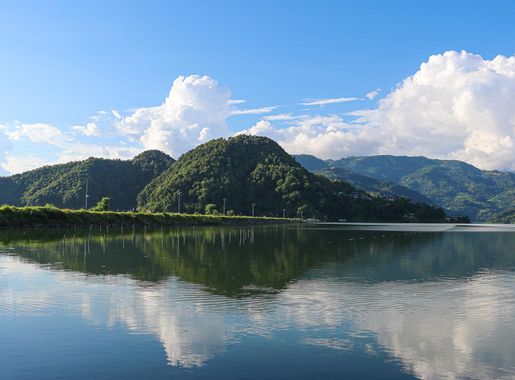
Pokhara: The Jewel of Nepal's Natural Beauty
Discover Pokhara, Nepal's serene getaway renowned for its stunning lakes, panoramic mountain views, and vibrant cultural experiences. Perfect for nature lovers and adventurers.
Nestled in the heart of Nepal, Pokhara is a serene city that serves as a gateway to the majestic Himalayas. Known for its stunning landscapes, Pokhara is a haven for nature lovers and adventure seekers alike. The city is blessed with beautiful lakes, lush green hills, and panoramic mountain views, making it one of the most picturesque destinations in the country. One of the main attractions of Pokhara is Phewa Lake, where visitors can enjoy boating while soaking in the breathtaking views of the Annapurna mountain range. The reflection of the snow-capped peaks on the tranquil waters of the lake is a sight to behold. For those interested in spirituality, the Tal Barahi Temple, situated on an island in the middle of the lake, offers a peaceful retreat. Pokhara is also a paradise for trekkers. It serves as the starting point for the famous Annapurna Circuit and the Poon Hill trek. Whether you are an experienced trekker or a beginner, Pokhara offers a range of trekking routes that cater to all levels of fitness and experience. The city is also home to the World Peace Pagoda, a Buddhist stupa that provides panoramic views of the city and the surrounding mountains. In addition to its natural beauty, Pokhara offers a vibrant cultural experience. The city is dotted with museums, including the International Mountain Museum which showcases the history and culture of the Himalayas. The bustling Lakeside area is filled with charming cafes, restaurants, and shops, offering a variety of local and international cuisines and souvenirs. Whether you are seeking adventure, relaxation, or cultural enrichment, Pokhara has something for everyone. Its unique blend of natural beauty and rich cultural heritage makes it a must-visit destination in Nepal.
Local tips in Pokhara
- Plan your visit between September and November for the best weather and clear mountain views.
- Rent a boat on Phewa Lake early in the morning for a peaceful experience and the best reflections of the mountains.
- Carry cash as many local shops and restaurants do not accept credit cards.
- Hire a local guide for trekking to ensure safety and to gain deeper insights into the region.
- Visit the World Peace Pagoda during sunset for stunning views and a tranquil atmosphere.
Neighbourhoods in Pokhara
Pokhara: The Jewel of Nepal's Natural Beauty
Nestled in the heart of Nepal, Pokhara is a serene city that serves as a gateway to the majestic Himalayas. Known for its stunning landscapes, Pokhara is a haven for nature lovers and adventure seekers alike. The city is blessed with beautiful lakes, lush green hills, and panoramic mountain views, making it one of the most picturesque destinations in the country. One of the main attractions of Pokhara is Phewa Lake, where visitors can enjoy boating while soaking in the breathtaking views of the Annapurna mountain range. The reflection of the snow-capped peaks on the tranquil waters of the lake is a sight to behold. For those interested in spirituality, the Tal Barahi Temple, situated on an island in the middle of the lake, offers a peaceful retreat. Pokhara is also a paradise for trekkers. It serves as the starting point for the famous Annapurna Circuit and the Poon Hill trek. Whether you are an experienced trekker or a beginner, Pokhara offers a range of trekking routes that cater to all levels of fitness and experience. The city is also home to the World Peace Pagoda, a Buddhist stupa that provides panoramic views of the city and the surrounding mountains. In addition to its natural beauty, Pokhara offers a vibrant cultural experience. The city is dotted with museums, including the International Mountain Museum which showcases the history and culture of the Himalayas. The bustling Lakeside area is filled with charming cafes, restaurants, and shops, offering a variety of local and international cuisines and souvenirs. Whether you are seeking adventure, relaxation, or cultural enrichment, Pokhara has something for everyone. Its unique blend of natural beauty and rich cultural heritage makes it a must-visit destination in Nepal.
When is the best time to go to Pokhara?
Iconic landmarks you can’t miss
Devi's Fall Pokhara
Experience the breathtaking beauty of Devi's Fall in Pokhara, a captivating natural wonder surrounded by lush greenery and stunning Himalayan views.
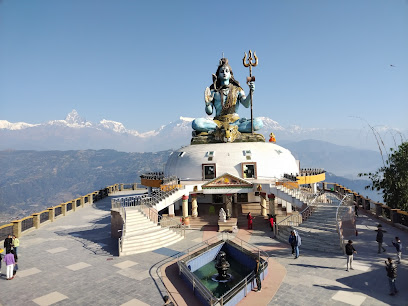
Pokhara Lakeside
Experience breathtaking views, vibrant culture, and thrilling adventures at Pokhara Lakeside, the ultimate destination for every traveler in Nepal.
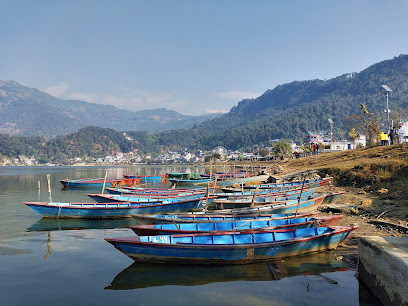
Shree Bindhyabasini Temple
Explore the spiritual heart of Pokhara at Shree Bindhyabasini Temple, a serene Hindu sanctuary with breathtaking views and rich cultural heritage.

World Peace Pagoda
Explore the serene World Peace Pagoda in Pokhara, Nepal, a breathtaking Buddhist temple offering stunning Himalayan views and a tranquil atmosphere.
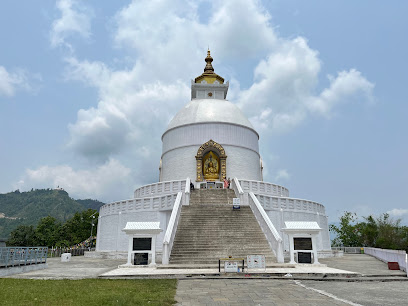
International Mountain Museum
Discover the rich heritage of the Himalayas at the International Mountain Museum, where nature, culture, and adventure converge in Pokhara.
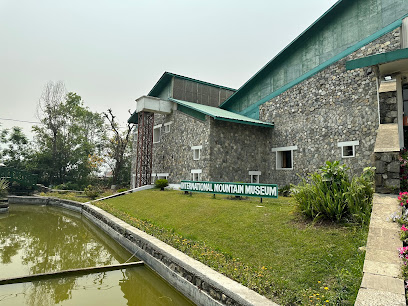
Mahendra Cave
Explore the enchanting Mahendra Cave in Pokhara, a stunning natural wonder with captivating formations and rich cultural significance.
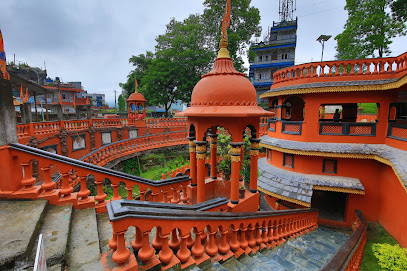
Tal Barahi Temple, Pokhara
Explore the enchanting Tal Barahi Temple on Phewa Lake, a serene sanctuary of devotion and breathtaking views in the heart of Pokhara, Nepal.
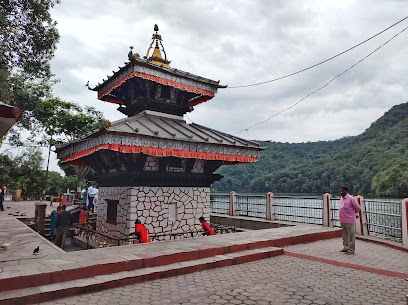
Seti River Gorge
Explore the stunning Seti River Gorge in Pokhara, a natural wonder featuring turquoise waters and dramatic cliffs, perfect for adventure and relaxation.
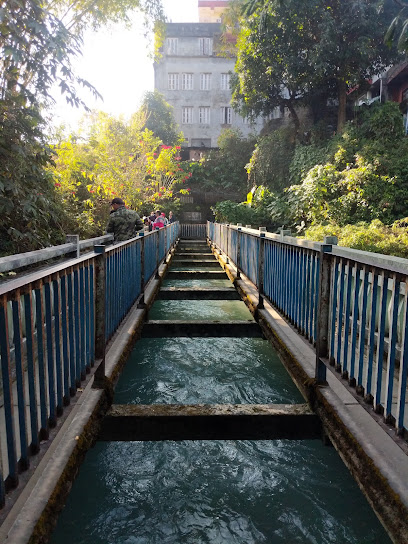
Chamere Gufa
Discover the enchanting Chamere Gufa in Pokhara, a unique bat cave adventure amidst stunning natural beauty, perfect for nature lovers and explorers.
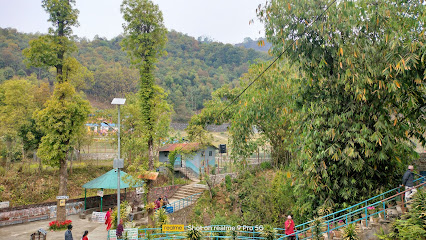
Gupteshwor Mahadev Cave
Discover the enchanting Gupteshwor Mahadev Cave in Pokhara, a unique blend of natural beauty and spiritual allure, perfect for adventurers and culture seekers alike.
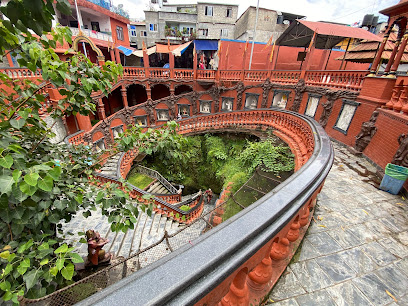
Pokhara Disneyland
Experience the thrill of rides and the beauty of nature at Pokhara Disneyland, a top amusement park in Nepal's scenic Pokhara region.
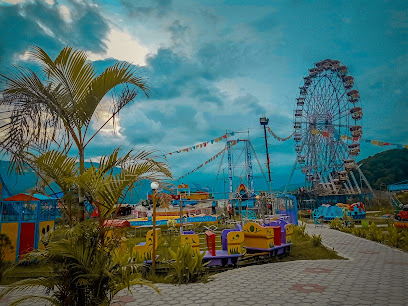
Pokhara Trade Mall
Discover shopping bliss in Pokhara Trade Mall, where local culture meets modern retail in a vibrant atmosphere.
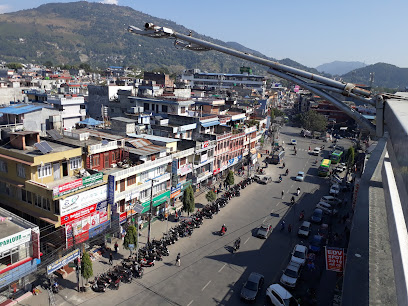
Open Sky Paragliding
Experience exhilarating paragliding in Pokhara, where stunning Himalayan views meet thrilling adventure at Open Sky Paragliding.
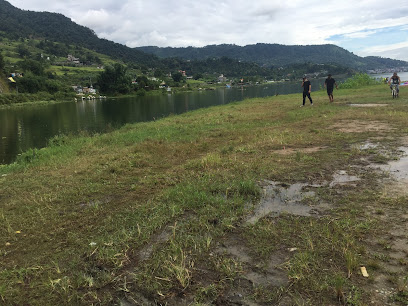
Gurkha Memorial Museum
Discover the valor of Gurkha soldiers at the Gurkha Memorial Museum in Pokhara – a journey through Nepal's rich military history.
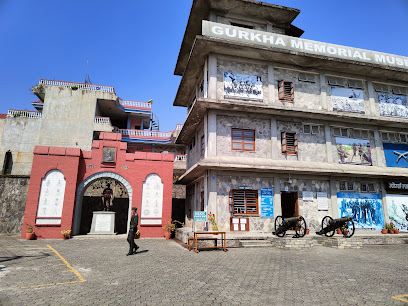
Komagane Park
Explore the lush landscapes and breathtaking views of Komagane Park in Pokhara, a serene escape into nature's embrace.
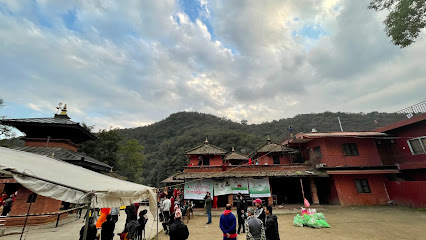
Unmissable attractions to see
Devi’s Fall Pokhara
Experience the breathtaking beauty of Devi’s Fall, a natural wonder nestled in the heart of Pokhara, surrounded by lush greenery and stunning landscapes.
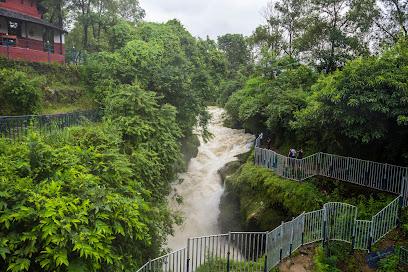
Pokhara Lakeside
Experience the breathtaking beauty of Pokhara Lakeside, where serene waters meet majestic mountains in the heart of Nepal.
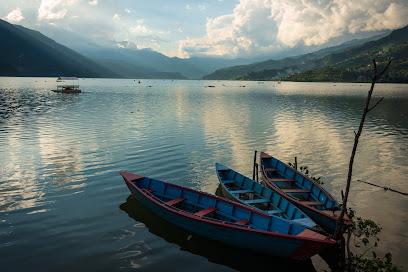
Shree Bindhyabasini Temple
Discover the spiritual serenity and breathtaking views at Shree Bindhyabasini Temple, a must-visit Hindu shrine in the heart of Pokhara, Nepal.
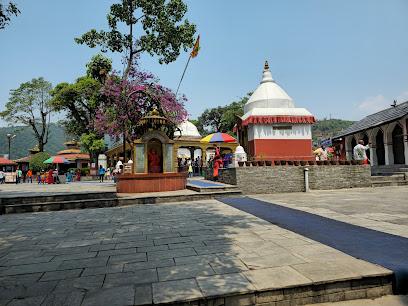
World Peace Pagoda
Experience serenity and breathtaking views at the World Peace Pagoda in Pokhara, a symbol of peace nestled in the majestic Himalayan landscape.
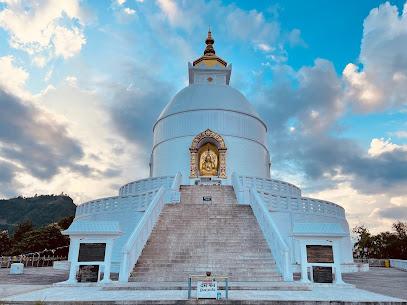
International Mountain Museum
Discover the rich heritage and breathtaking beauty of the world's mountains at the International Mountain Museum in Pokhara, Nepal.

Pumdikot Shiva Statue
Discover the breathtaking Pumdikot Shiva Statue in Pokhara, a spiritual haven surrounded by stunning Himalayan views and vibrant local culture.

Mahendra Cave
Discover the hidden beauty of Mahendra Cave in Pokhara, Nepal, where nature's stunning limestone formations tell a story of geological wonder.

Tal Barahi Temple, Pokhara
Experience the spiritual serenity and breathtaking beauty of Tal Barahi Temple, a cultural gem on Phewa Lake in Pokhara, Nepal.

Phewa Lake
Discover the tranquil beauty of Phewa Lake in Pokhara, a picturesque freshwater lake surrounded by majestic mountains and rich cultural experiences.
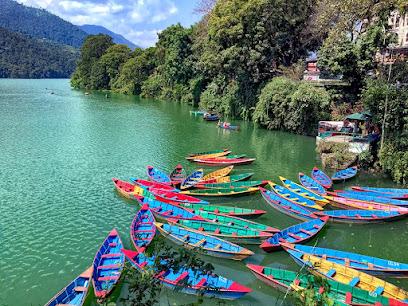
Gupteshwor Mahadev Cave
Discover the enchanting Gupteshwor Mahadev Cave in Pokhara, a captivating blend of spirituality and natural beauty, perfect for adventurous travelers.
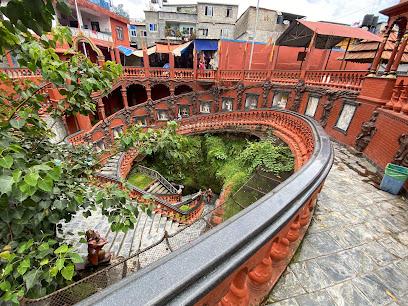
Chamero Cave
Explore the breathtaking Chamero Cave in Pokhara, a natural wonder with stunning rock formations and fascinating bat inhabitants, perfect for adventurous travelers.
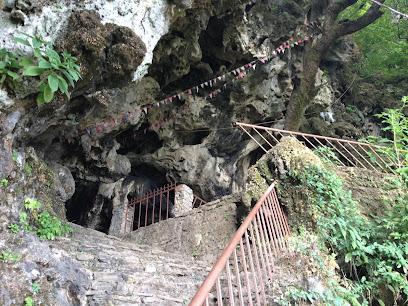
Pokhara Disneyland
Experience the magic of Pokhara Disneyland, a thrilling amusement park nestled in the stunning landscapes of Pokhara, Nepal.
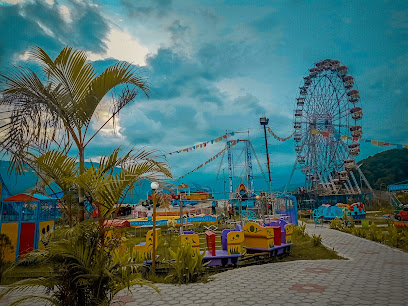
Kalika Bhagwati Temple, Nepal
Explore the spiritual essence of Nepal at Kalika Bhagwati Temple, a captivating Hindu shrine in the beautiful town of Baglung.
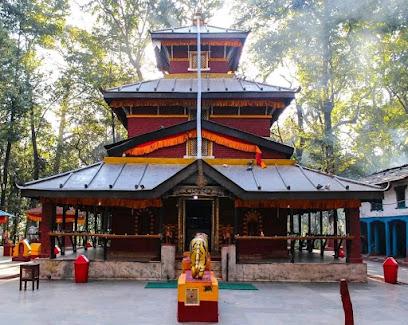
Begnas Lake
Discover the serene beauty of Begnas Lake, a tranquil paradise in Lekhnath, perfect for relaxation, boating, and breathtaking mountain views.
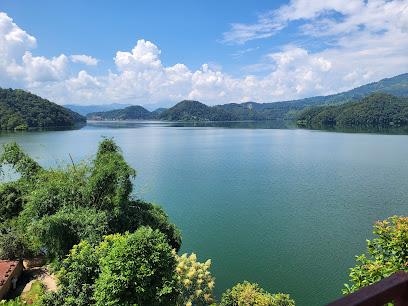
Gurkha Memorial Museum
Explore the rich military heritage and honor the bravery of Gurkha soldiers at the Gurkha Memorial Museum in beautiful Pokhara, Nepal.
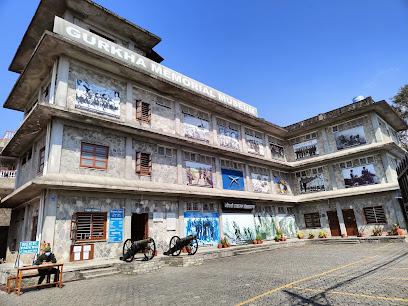
Essential places to dine
Fresh Elements Restaurant & Bar
Experience culinary bliss at Fresh Elements Restaurant & Bar in Pokhara with Mediterranean flavors, fresh salads, and exquisite wines.

Open House Restro And Lounge bar
Experience delightful cuisine at Open House Restro And Lounge Bar in Pokhara - where taste meets breathtaking views.
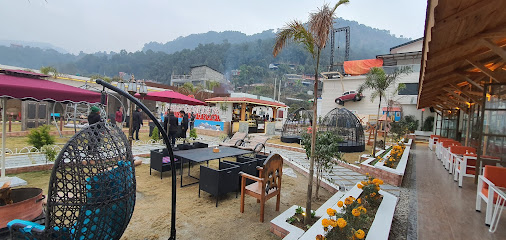
Moondance Restaurant & Bar
Experience delectable cuisine and stunning lakeside views at Moondance Restaurant & Bar in Pokhara.
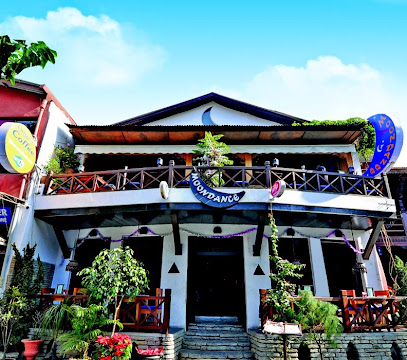
Roadhouse Cafe Pokhara
Discover the exquisite flavors at Roadhouse Cafe Pokhara - where local charm meets global cuisine amidst breathtaking views.

Caffe Concerto
Discover the authentic taste of Italy at Caffe Concerto in Pokhara – where every meal is a celebration of flavor and warmth.
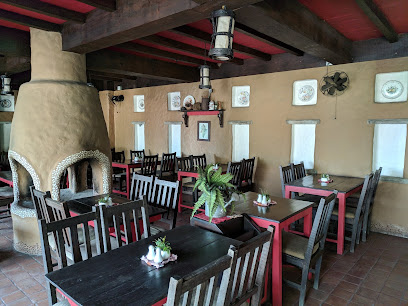
OR2K pokhara
Discover exquisite Mediterranean cuisine at OR2K in Pokhara - where vibrant flavors meet cozy ambiance.
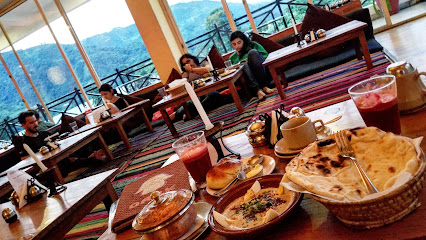
Byanjan
Experience exquisite Continental, Indian & Nepalese cuisine at Byanjan in Pokhara – where culinary artistry meets stunning lakeside views.

The Old Lan Hua Chinese Restaurant & Bar
Experience authentic Chinese flavors at The Old Lan Hua Chinese Restaurant & Bar in Pokhara - where every dish tells a story.
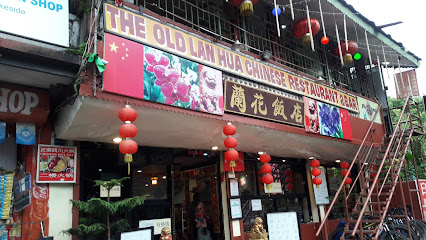
Utopia Garden & Snacks Bar
Discover delightful flavors at Utopia Garden & Snacks Bar in Pokhara—where local cuisine meets serene ambiance.

French Creperie
Experience authentic French cuisine at Pokhara's beloved French Creperie, offering mouth-watering crepes in a charming setting.
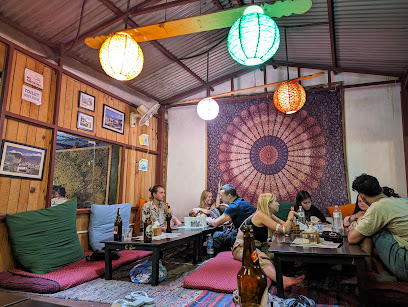
Chilly Bar & Restaurant
Discover culinary delights at Chilly Bar & Restaurant in Pokhara - where local flavors meet international cuisine amidst breathtaking views.
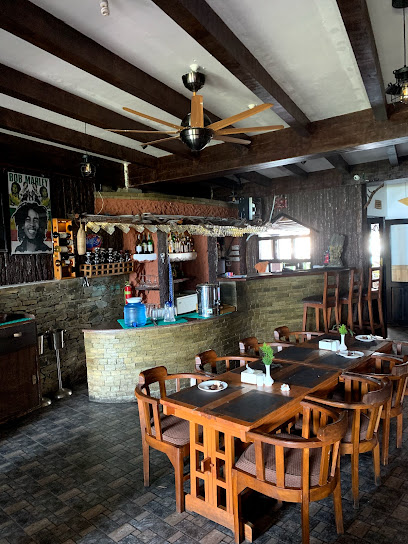
Dunga Restro & Lounge Bar
Discover delightful dining at Dunga Restro & Lounge Bar in Pokhara - where local flavors meet stunning lake views.
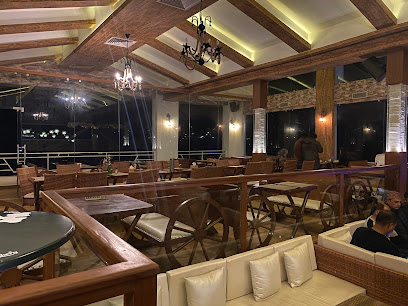
iBlues Restro
Experience the fusion of traditional Indian flavors and modern dining at iBlues Restro in Pokhara.
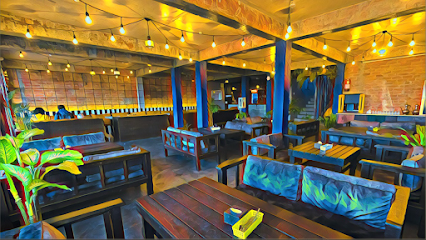
Mo2'S Delights Pokhara ( Now MoM's Café & Bar)
Experience authentic Nepalese flavors at MoM's Café & Bar in Pokhara—where every bite tells a story.
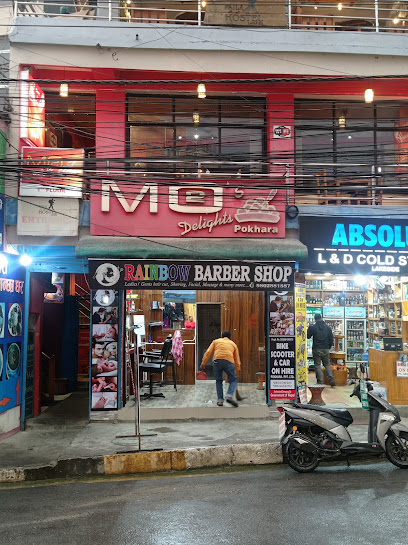
Aozora Japanese Restaurant
Experience authentic Japanese cuisine at Aozora Japanese Restaurant in Pokhara—where every dish tells a story.
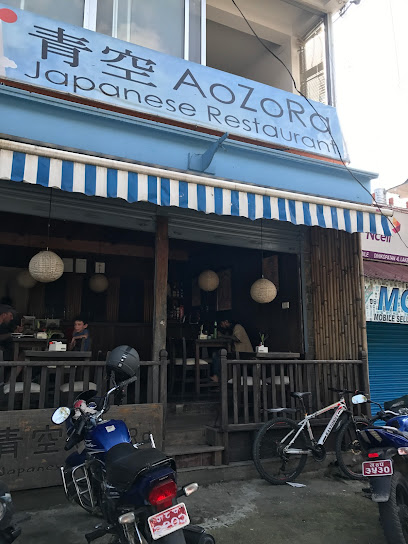
Markets, malls and hidden boutiques
Pokhara Trade Mall
Explore the vibrant Pokhara Trade Mall, a hub of shopping, dining, and local culture in the heart of Nepal's adventure capital.
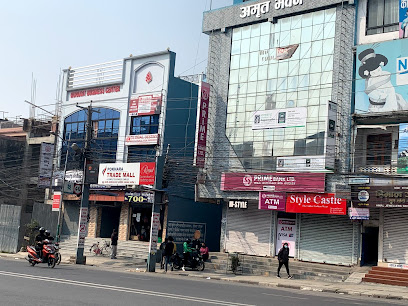
Bishal Bazar - Pokhara
Explore the vibrant Bishal Bazar in Pokhara, where shopping meets culture against the stunning backdrop of the Himalayas.
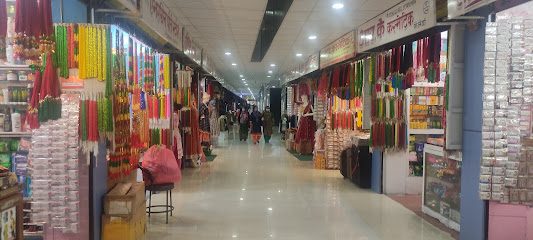
Saleways Departmental Stores
Discover a vibrant shopping experience at Saleways Departmental Stores in Pokhara, where local treasures meet everyday essentials.
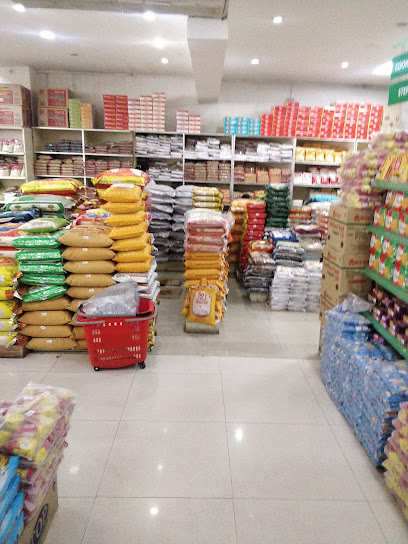
Kunti Mall
Discover unique gifts and local cuisine at Kunti Mall, a vibrant shopping hub in Pokhara offering a blend of modern and traditional experiences.
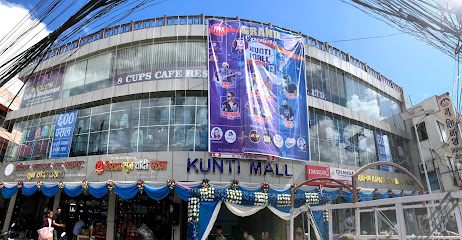
PRITHVICHOWK MAHALANGAR TALIOR Ltd
Explore the exceptional craftsmanship of Prithvichowk Mahalangar Tailor Ltd, the ultimate destination for personalized clothing in Pokhara, Nepal.
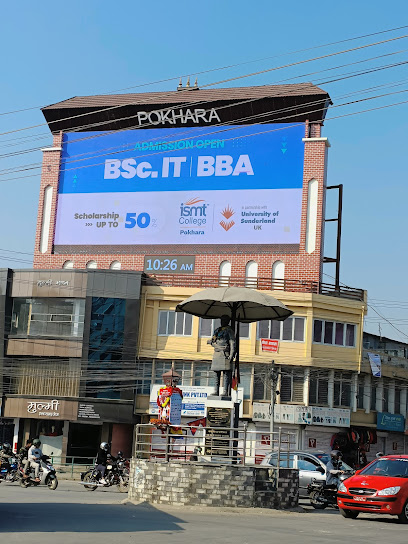
Next Shopping Center
Explore the Next Shopping Center in Pokhara for a diverse shopping experience with local goods, baked treats, and everyday essentials.
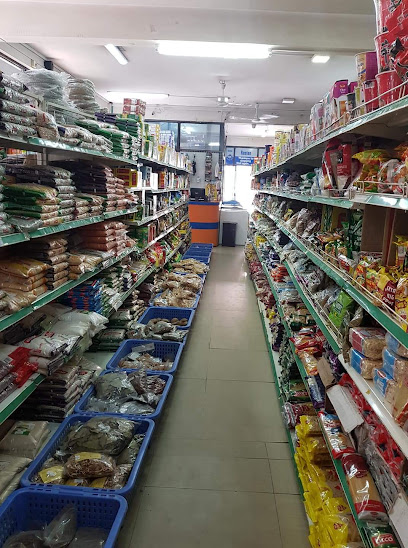
LOVE LOVE Pashmina & Gems
Explore the best of Nepalese craftsmanship at LOVE LOVE Pashmina & Gems in Pokhara, where exquisite pashmina and gemstones await.
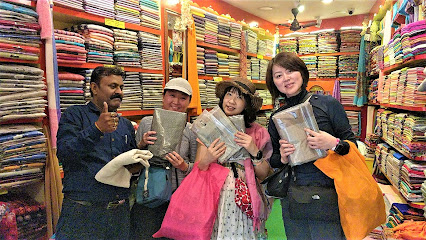
NIKE STORE POKHARA
Discover the ultimate sportswear shopping experience at Nike Store Pokhara, where style meets performance in the heart of the city.
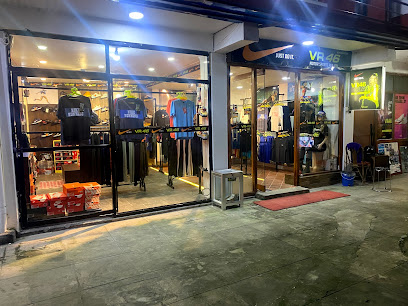
Earthly Treasures Pokhara
Explore Earthly Treasures Pokhara, your go-to destination for authentic Nepali handicrafts, jewelry, and art in the heart of Pokhara.
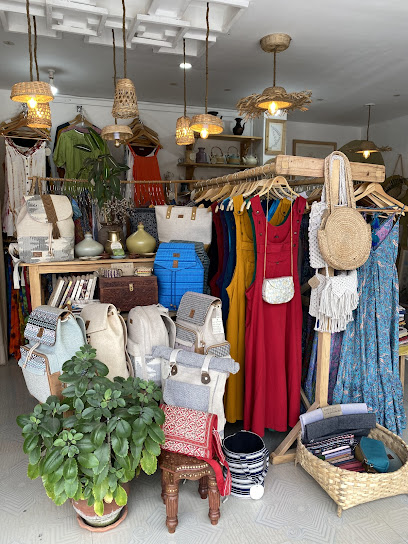
UFO Pokhara
Discover trendy fashion for everyone at UFO Pokhara, where vibrant styles meet quality apparel in the heart of Nepal's picturesque lakeside city.
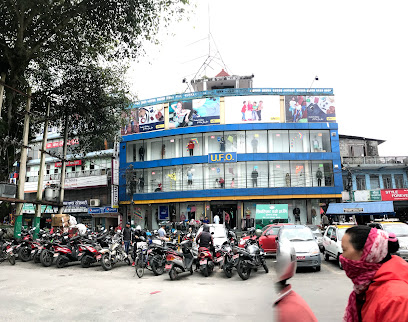
Pastel Decor Nepal , Best home decore shop in Nepal, Best gift shop
Discover unique gifts and stunning home decor at Pastel Decor Nepal in Pokhara, where local artistry meets timeless elegance.
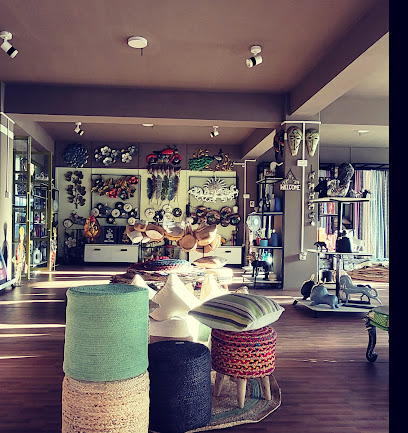
Malla Emporium
Explore Malla Emporium in Pokhara for a unique shopping experience featuring a blend of traditional and contemporary clothing styles.
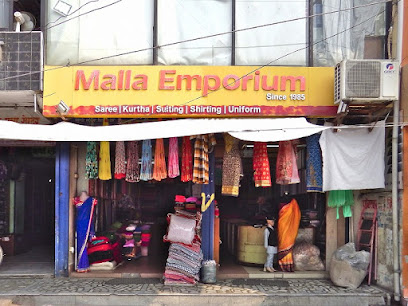
Pokhara Online Mart
Explore Pokhara Online Mart, your ultimate shopping destination for authentic Nepali goods and unique souvenirs in the heart of Pokhara.
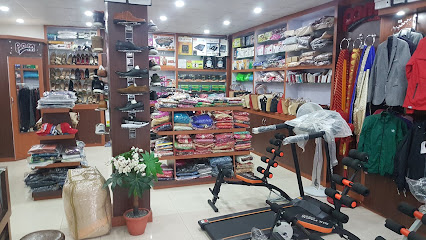
Silver Oaks Handicraft
Experience the exquisite craftsmanship of Silver Oaks Handicraft, where every piece of jewelry tells a story of Nepalese tradition and artistry.

Tibetan Mini Market
Discover the Tibetan Mini Market in Pokhara for unique handmade crafts, vibrant textiles, and an authentic cultural shopping experience.
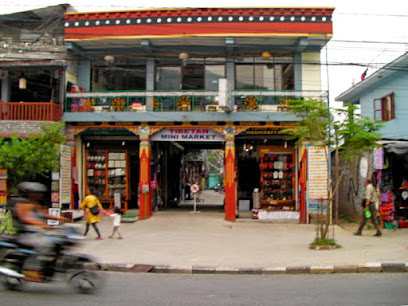
Essential bars & hidden hideouts
Busy Bee Cafe
Discover the cozy atmosphere and delicious flavors of Busy Bee Cafe, a must-visit bar and restaurant in the heart of Pokhara, Nepal.

Krazy Gecko
Experience the vibrant atmosphere and delicious cuisine at Krazy Gecko, a top bar and restaurant in the heart of Pokhara, Nepal.

Paradiso Pokhara
Experience the vibrant nightlife and delicious cuisine at Paradiso Pokhara, a lakeside bar and restaurant perfect for every occasion.
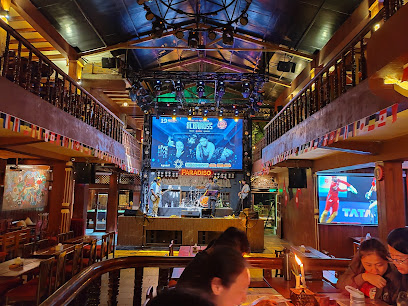
Irish Pub
Experience the vibrant atmosphere of the Irish Pub in Pokhara, where great food, drinks, and live music come together for an unforgettable night.
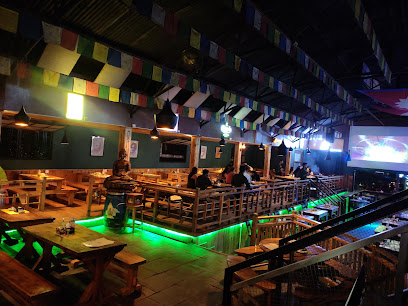
Rolling Stones Rock Bar
Discover the lively nightlife and delicious cuisine at Rolling Stones Rock Bar in Pokhara, where great music and stunning views come together.
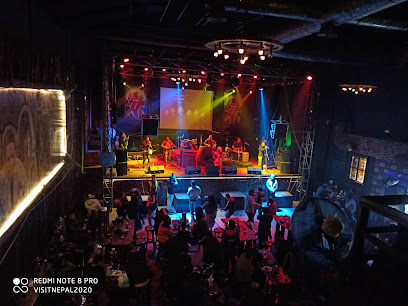
Dunga Restro & Lounge Bar
Experience the perfect blend of flavor and ambiance at Dunga Restro & Lounge Bar in Pokhara, where every meal is accompanied by breathtaking views.
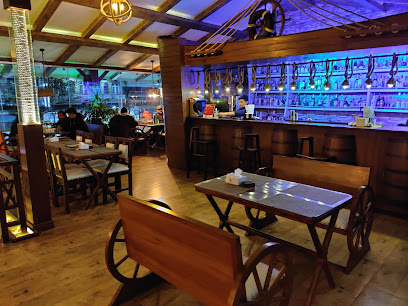
The Freedom Cafe Restaurant & Bar
Discover the flavors of Pokhara at The Freedom Cafe, a lakeside gem offering delicious grilled dishes, refreshing drinks, and live music.
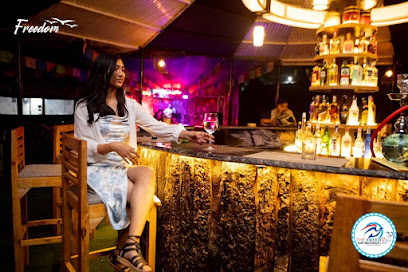
The Boss Restaurant
Experience the perfect blend of stunning lakeside views and savory barbecue delights at The Boss Restaurant in Pokhara, Nepal.
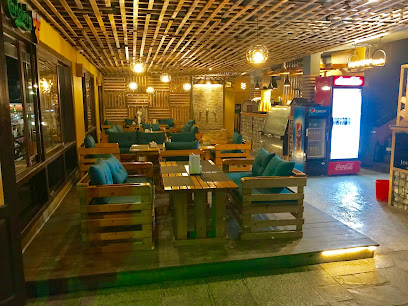
Longest Bar
Discover the Longest Bar in Pokhara – a vibrant social hub with an extensive drink menu and a lively atmosphere perfect for relaxation and entertainment.
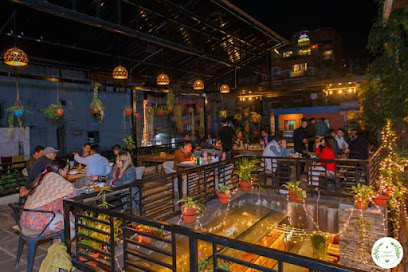
Step Up Restro
Discover the vibrant sports bar scene at Step Up Restro in Pokhara, where great food, drinks, and sports come together for an unforgettable experience.

Oxygen Lounge Bar
Experience the vibrant nightlife of Pokhara at Oxygen Lounge Bar, where exceptional drinks and lively events meet stunning views.
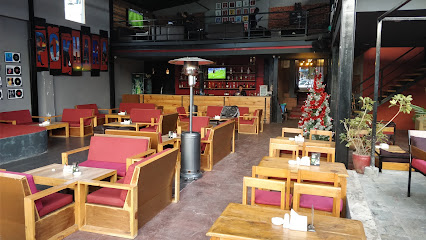
दोर्जेको भट्टी
Discover the vibrant flavors of Nepal at Dojreko Bhatti, a grill bar in Pokhara offering a delightful culinary adventure with stunning views.
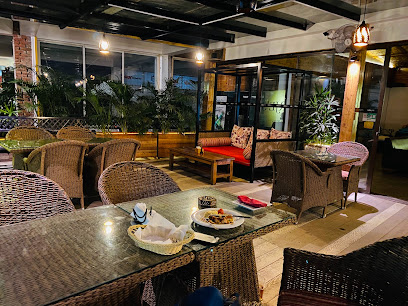
Nepal Micropub Pokhara
Discover the vibrant atmosphere and exceptional craft beers at Nepal Micropub, a must-visit bar nestled in the heart of Pokhara's Lakeside district.
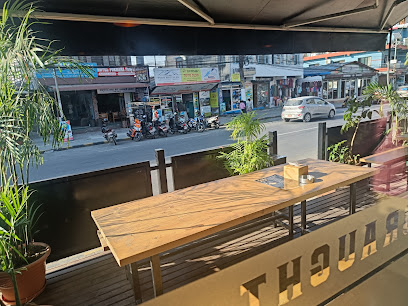
The Putali Bar
Experience the vibrant atmosphere of The Putali Bar in Pokhara, where stunning views meet refreshing drinks and warm hospitality.
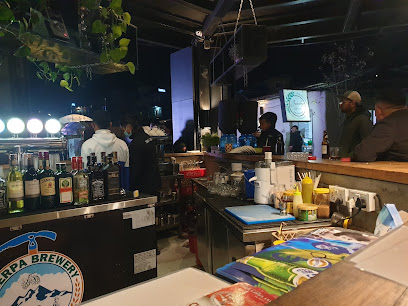
Old lailas Bar
Experience the vibrant nightlife and delightful Nepalese cuisine at Old Lailas Bar, a must-visit spot in Pokhara for every traveler.
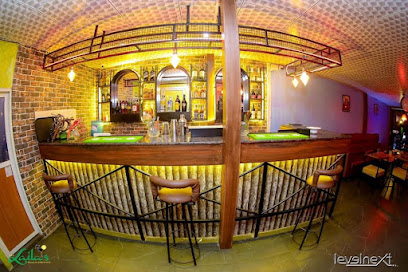
Local Phrases
-
- Helloनमस्ते
[Namaste] - Goodbyeबिदा
[Bida] - Yesहो
[Ho] - Noहोइन
[Hoin] - Please/You're welcomeकृपया
[Kripya] - Thank youधन्यवाद
[Dhanyabad] - Excuse me/Sorryमाफ गर्नुहोस्
[Maaf garnuhos] - How are you?तपाईंलाई कस्तो छ?
[Tapailai kasto chha?] - Fine. And you?राम्रो छ। र तपाईं?
[Ramro chha. Ra tapai?] - Do you speak English?तपाईंले अंग्रेजी बोल्नुहुन्छ?
[Tapainle angreji bolnuhunchha?] - I don't understandमैले सम्झिनु भएन
[Maile samjhinu bhayena]
- Helloनमस्ते
-
- I'd like to see the menu, pleaseकृपया मेनु हेर्न मान्छे
[Kripya menu hern manche] - I don't eat meatम भांसामात्र खाँदिन
[Ma bhasa matra khandina] - Cheers!चियर्स!
[Chearz!] - I would like to pay, pleaseकृपया भुक्तानी गर्न चाहन्छु
[Kripya bhuktani garn chahanchu]
- I'd like to see the menu, pleaseकृपया मेनु हेर्न मान्छे
-
- Help!मद्दत गर्नुहोस्!
[Maddat garnuhos!] - Go away!दूर हुनुहोस्!
[Dur hunuhos!] - Call the Police!प्रहरीलाई फोन गर्नुहोस्!
[Prahari lai phone garnuhos!] - Call a doctor!डाक्टरलाई फोन गर्नुहोस्!
[Doctor lai phone garnuhos!] - I'm lostम खोइएको छु
[Ma khoieko chu] - I'm illम बिरामी छु
[Ma birami chu]
- Help!मद्दत गर्नुहोस्!
-
- I'd like to buy...म खरीद गर्न चाहन्छु...
[Ma kharid garn chahanchu...] - I'm just lookingम केवल हेर्न आएको छु
[Ma keval hern aeko chu] - How much is it?तलको मूल्य कति हो?
[Talako mulya kati ho?] - That's too expensiveत्यो धेरै महँगो छ
[Tyo dherai mahango chha] - Can you lower the price?के तपाईं मूल्य कम गर्न सक्नुहुन्छ?
[Ke tapain mulya kam garn saknuhunchha?]
- I'd like to buy...म खरीद गर्न चाहन्छु...
-
- What time is it?कति बज्यो?
[Kati bajyo?] - It's one o'clockएक बजे छ
[Ek baje chha] - Half past (10)दसबजे बितिकै
[Dasbaje bitikai] - Morningबिहान
[Bihaan] - Afternoonदिउँसो
[Diunso] - Eveningसाँझ
[Saanjh] - Yesterdayहिजो
[Hijo] - Todayआज
[Aaj] - Tomorrowभोलि
[Bholi] - 1एक
[Ek] - 2दुई
[Dui] - 3तीन
[Teen] - 4चार
[Char] - 5पाँच
[Paanch] - 6छ
[Chha] - 7सात
[Saath] - 8आठ
[Aath] - 9नौ
[Nau] - 10दश
[Dash]
- What time is it?कति बज्यो?
-
- Where's a/the...?होला... कहाँ छ?
[Hola... kaha chha?] - What's the address?ठेगाना के हो?
[Thegana ke ho?] - Can you show me (on the map)?खिचान गर्न सक्नुहुन्छ?
[Khichan garn saknuhunchha?] - When's the next (bus)?अर्को कति बज्यो?
[Arko kati bajyo?] - A ticket (to ....)एक किट कति मा...
[Ek kit kati ma...]
- Where's a/the...?होला... कहाँ छ?
History of Pokhara
-
Nestled in the lap of the Annapurna range, Pokhara's history dates back to ancient times. Archaeological evidence suggests that the area was inhabited by the Kirat people and later by the Newar merchants. The region was a significant part of the Magar kingdom, which is believed to have ruled the area before the rise of the Gurkha kingdom.
-
During the medieval period, Pokhara was an important trading hub on the trans-Himalayan trade route between India and Tibet. The city's strategic location made it a bustling center for trade, attracting merchants from different regions. The Newar traders from the Kathmandu Valley played a significant role in establishing Pokhara as a commercial nexus, bringing with them their rich culture and architectural styles.
-
The modern history of Pokhara began in the mid-18th century when the Shah dynasty unified Nepal. The Prithvi Narayan Shah's conquest of the region in 1786 marked the beginning of Pokhara's integration into the Kingdom of Nepal. The establishment of the Gorkha recruitment center in the early 19th century further boosted the city's significance, as many young men from Pokhara joined the British and Indian armies.
-
During the Rana regime (1846-1951), Pokhara saw considerable infrastructural development. The Ranas, known for their autocratic rule, invested in the city's development to facilitate administrative control and enhance connectivity. The construction of roads, schools, and government buildings during this period laid the foundation for Pokhara's future growth.
-
The overthrow of the Rana regime in 1951 and the subsequent political changes opened Nepal to the outside world. Pokhara, with its stunning natural beauty and proximity to the Annapurna range, quickly became a popular destination for tourists. The construction of the Siddhartha Highway in the late 1960s connected Pokhara to the rest of Nepal, making it more accessible and boosting its tourism industry.
-
Pokhara is a melting pot of diverse cultures and ethnicities. The Gurungs, Magars, Brahmins, Chhetris, and Newars form the major ethnic groups in the city. Each community has contributed to the rich cultural tapestry of Pokhara, visible in its festivals, dances, music, and cuisine. The city is also home to a significant Tibetan refugee community, adding to its multicultural character.
-
Today, Pokhara is Nepal's second-largest city and a major tourist destination. It is known for its stunning landscapes, serene lakes, and adventure activities such as trekking, paragliding, and boating. The city's blend of natural beauty and cultural heritage continues to attract travelers from around the world, making it a vibrant and dynamic place to visit.
Pokhara Essentials
-
Pokhara is accessible by air and road. The Pokhara Domestic Airport has regular flights from Kathmandu, which is approximately 25 minutes away by air. For those preferring to travel by road, several bus companies operate daily services from Kathmandu to Pokhara, with travel times ranging from 6 to 8 hours depending on traffic and road conditions. Private cars and tourist minibusses are also available. The scenic drive offers beautiful views of the countryside and the Trishuli River.
-
Within Pokhara, local transportation options include taxis, rickshaws, and rental bicycles or motorbikes. Public buses and minibuses run along major routes and are an economical way to get around. For a more comfortable ride, taxis can be hired for short trips or on a day-rate basis for sightseeing. Renting a bicycle or motorbike is a popular choice for tourists who want to explore the city at their own pace.
-
The official currency in Nepal is the Nepalese Rupee (NPR). While credit cards are accepted in many hotels, restaurants, and larger shops, smaller vendors and establishments prefer cash. ATMs are widely available in Pokhara, but it is advisable to carry sufficient cash, especially when traveling to more remote areas. Currency exchange services are available at banks, hotels, and authorized dealers.
-
Pokhara is generally safe for tourists, but like any travel destination, it is important to take standard precautions. Avoid walking alone late at night in unfamiliar areas, and keep your belongings secure in crowded places. While crime rates are relatively low, areas such as Lakeside can experience occasional petty theft targeting tourists. Stay vigilant and aware of your surroundings.
-
In case of emergency, dial 100 for police assistance and 102 for medical emergencies. Pokhara has several medical facilities and hospitals, including the Western Regional Hospital. Pharmacies are also readily available for minor health issues. It is highly recommended to have travel insurance that covers medical emergencies and evacuation. For embassy assistance, the nearest embassies are located in Kathmandu.
-
Fashion: Do dress modestly, especially when visiting religious sites. Avoid wearing revealing clothing. Religion: Do respect local customs and traditions. Always remove your shoes before entering temples and be mindful of sacred areas. Public Transport: Do be respectful and offer your seat to elderly passengers. Don’t eat or drink on public transport. Greetings: Do greet people with a 'Namaste' (a slight bow with hands pressed together). Eating & Drinking: Do try local delicacies and accept food offerings graciously. Don’t refuse hospitality, as it is considered impolite.
-
To experience Pokhara like a local, visit the bustling local markets such as the Old Bazaar, where you can buy fresh produce and traditional Nepali goods. Engage with locals, who are often friendly and eager to share stories about their culture. Don’t miss a boat ride on Phewa Lake and a visit to the Peace Pagoda for panoramic views of the city and surrounding mountains. For an authentic experience, try a traditional Nepali meal at a local eatery and enjoy live folk music performances.
Trending Landmark in Pokhara
-
Devi's Fall Pokhara
-
Pokhara Lakeside
-
Shree Bindhyabasini Temple
-
World Peace Pagoda
-
International Mountain Museum
-
Mahendra Cave
-
Tal Barahi Temple, Pokhara
-
Seti River Gorge
-
Chamere Gufa
-
Gupteshwor Mahadev Cave
-
Pokhara Disneyland
-
Pokhara Trade Mall
-
Open Sky Paragliding
-
Gurkha Memorial Museum
-
Komagane Park
Nearby Cities to Pokhara
-
Things To Do in Bandipur
-
Things To Do in Gorkha
-
Things To Do in Chitwan
-
Things To Do in Lumbini
-
Things To Do in Kathmandu
-
Things To Do in Patan
-
Things To Do in Bhaktapur
-
Things To Do in Nagarkot
-
Things To Do in Namche Bazaar
-
Things To Do in Patna
-
Things To Do in Lucknow
-
Things To Do in Varanasi
-
Things To Do in Kanpur
-
Things To Do in Darjeeling
-
Things To Do in Siliguri












